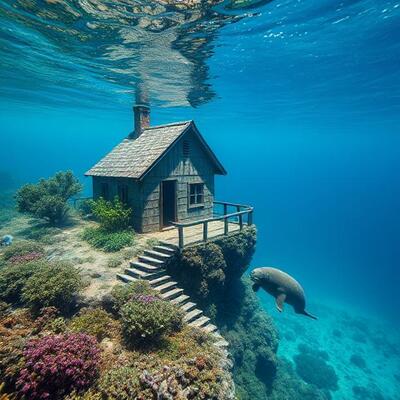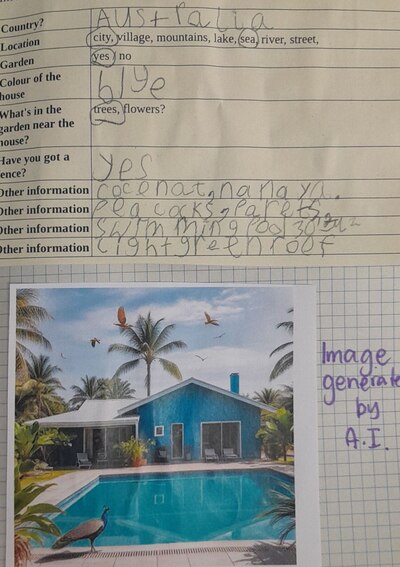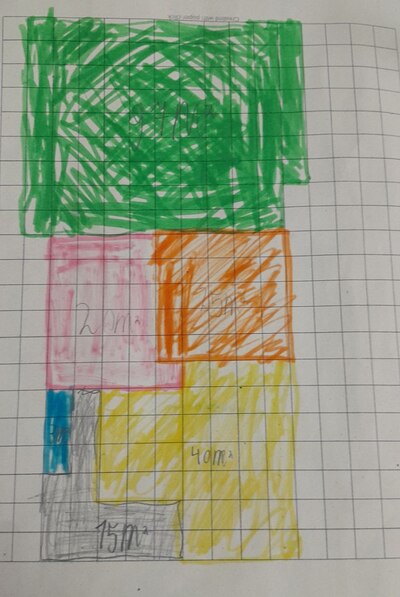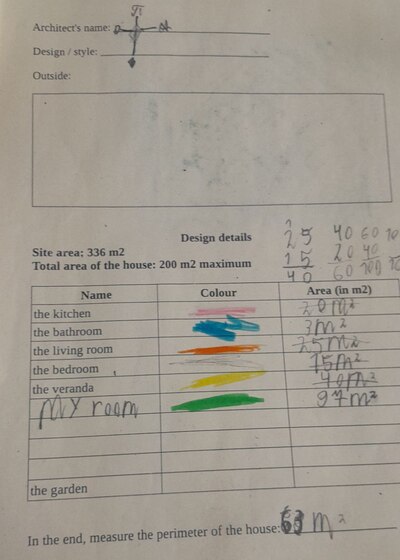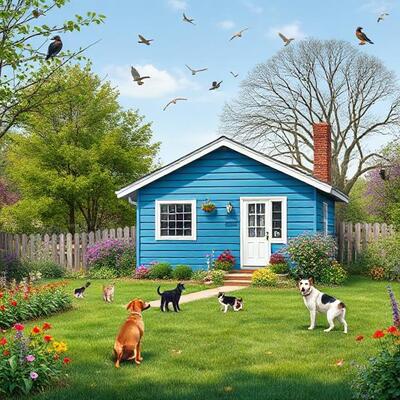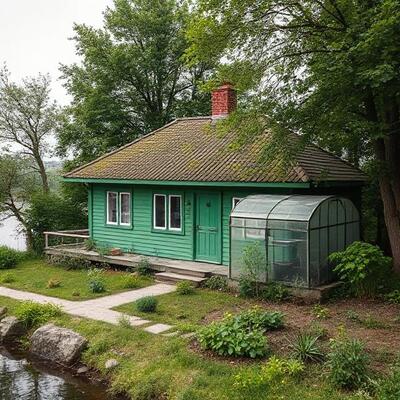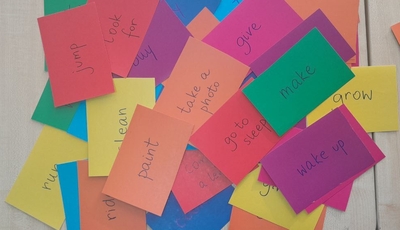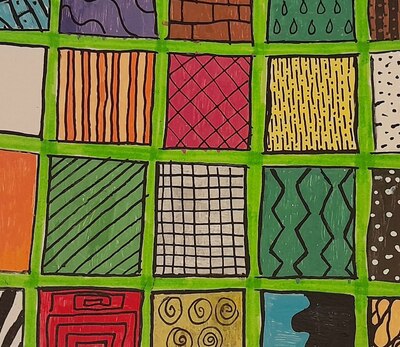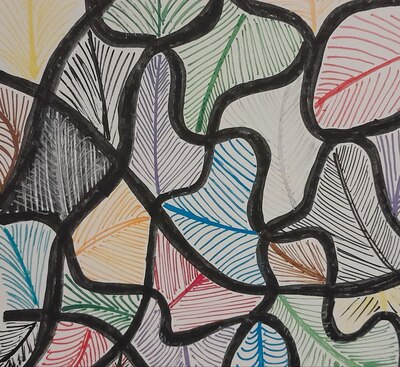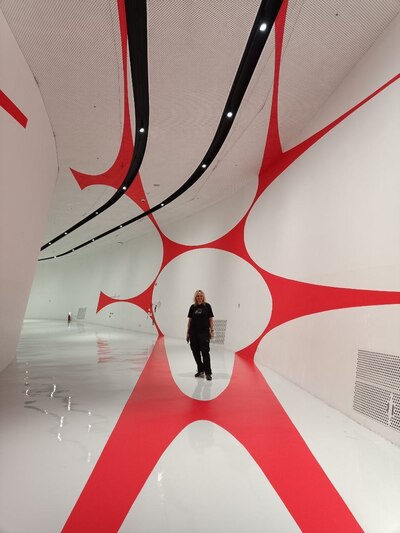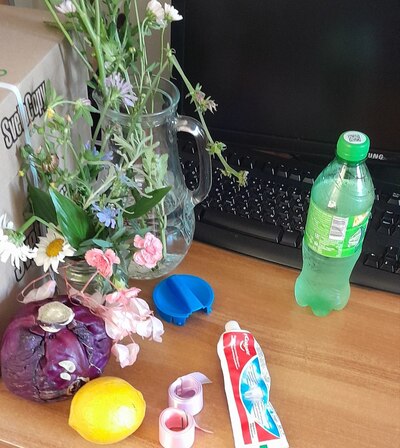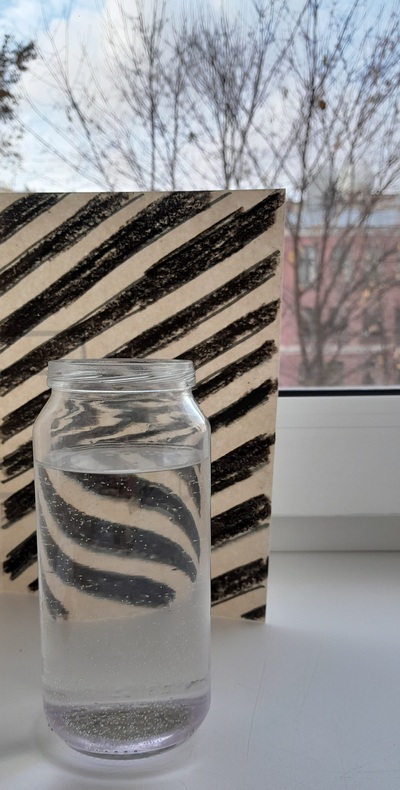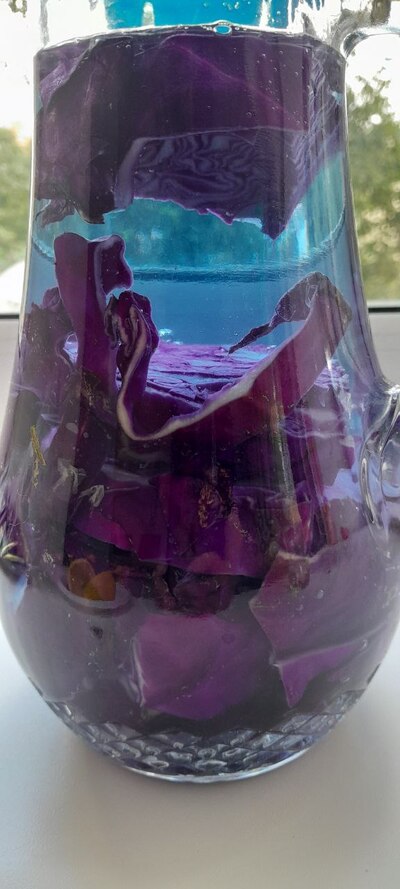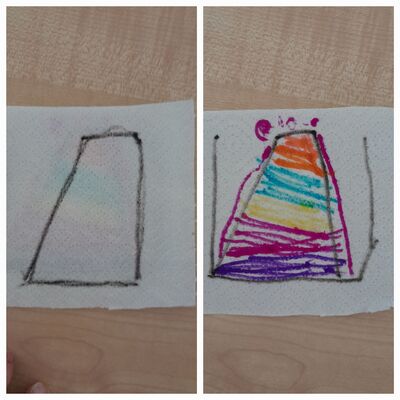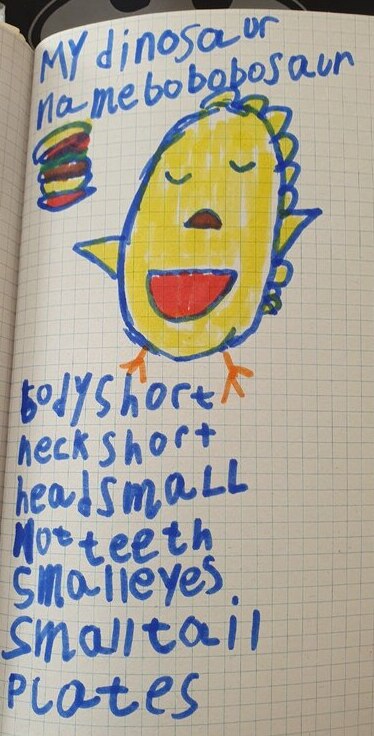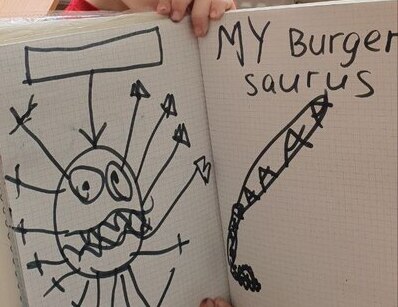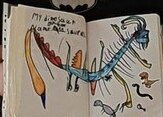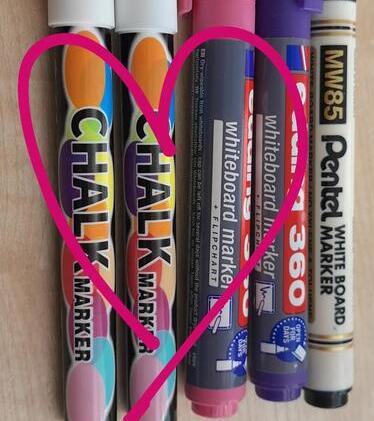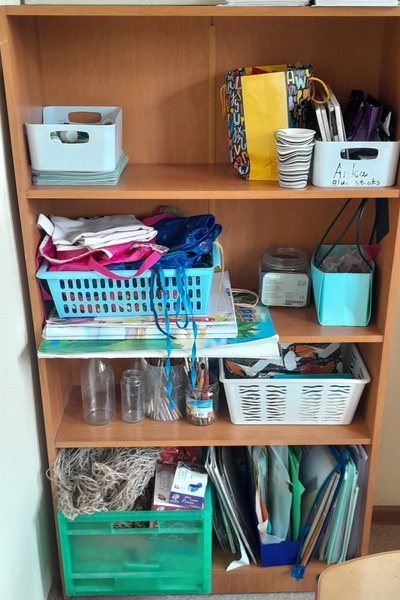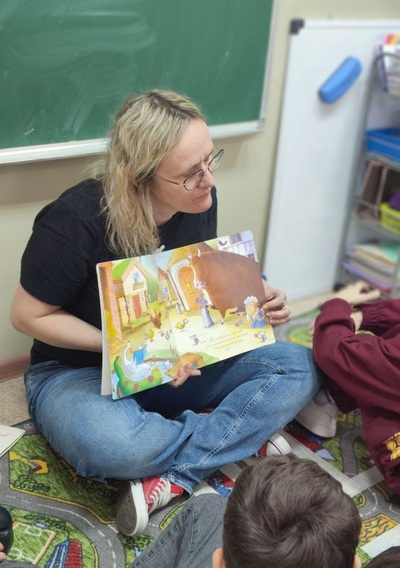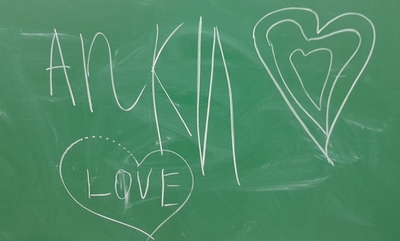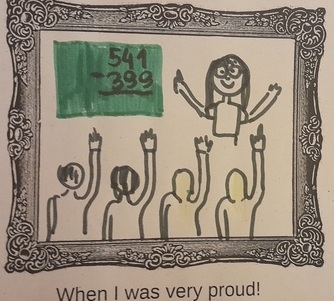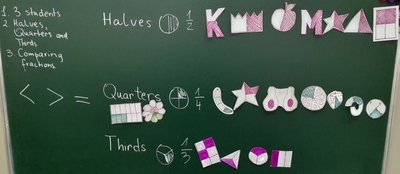Why bother?
For us, it was a very simple story of cause and effect. We have a crash situation in my class (yes, I know, I know, they are only seven and eight and I was really hoping that this situationship could wait until year 4 or at least year 3, alas) and I noticed that, among all the other issues that was causing, the two were just fighting with each other. Obviously, it looked like fighting only to the untrained eye. What they were doing, in fact, was just an exchange, communication, only in the clumsiest and in the most unwanted of ways that one could possibly think of. They were obviously drawn to each other but instead of talking, they were just punching, pushing and what not.
On top of that, I noticed that the whole class, both groups, being still children, lack the social skills in general, although, after a year and a half in my classroom, they are, admittedly better now at playing in pairs and in teams. Hooray.
That is how I decided to take the game up to a new level and to start, slowly, developing their soft skills. I haven’t really done much of that in the classroom but everything needs to start somewhere and since we have a good team in our school, I can plan my lessons and consult them and reflect on them with our school psychologist.
In the long run, I would like to spend two or three hours a month (45 min times 3), doing ‘something else’ in class, developing certain social skills and soft skills and helping my students become better group memebers.
Our lessons are run in English but I speak my kids L1 so it is understood and accepted that at times, my students might reply in Russian, although, the aim is to use English as much as possible. I am including all the materials here.
In order to mark these lessons as special ones, we completely changed the set up of the room. The tables were moved to the walls and we were able to sit all together in a circle.
All the aims
- talk about effective and not very effective communication and reasons for it (we used ‘good’ and ‘bad’ initially, then switched into ‘effective’ and ‘not very effective’
- talk about different ways of communicating with examples
- try communicating in different ways (controlled and freer)
- talk about the different problems in communication and solutions
- create our own code of conduct
Lesson 1: The ways in which we communicate
Step 1: We play hangman or monster game to guess the word ‘communication‘, talk about what it it is
Step 2: What is good or bad communication (effective and not very effective)? What happened here? We talk about the pictures in the presentation (slides: 2 – 7, description included in the notes). I based those on the real events and issues that we have to deal with on daily basis that are somehow connected to communication.
Step 3: We introduced and revised the vocabulary related to how people communicate. I chose these ten different ways in order to cover the basic ones (body language, words etc) and to include a few alternative ones, too, such as dance or music. I have included all of them here, in the wordwall cards. We went through all the words and illustrated them all with our ideas, mine and kids, to demonstrate that we already use a lot of them on daily basis.
Step 4: The practical part: We took turns to pick a communication method at random (cards I prepared) and an animal (the leader’s choice) for everyone to try their best to show the animal. At this point, I wanted it to be very controlled and not a game, to take the pressure off and to experience how different communication methods work. After each round, we were discussing the experience, a certain animal and a certain method using the language we know (it’s easy, it’s very easy, it’s difficult, it’s very diifficult, it’s impossible). It worked very well and we had a lot of creative fun.
Step 5: The quiz. In order to summarise the lesson and to do something together and to get back to the case studies from the beginning of the lesson, we did a quiz to discuss the better solution in each situation. There is an obvious answer in each situation but I was also accepting all the ‘But, Miss Anka, what if…’ ideas.
Lesson 2: Effective communication
Step 1: Revise all the communication methods using the cards and our examples
Step 2: The practical part #2: I prepared some simple sentences that the kids are familiar with for the task that was a bit more challenging and at the same time involved more decision-making from each child. The students, taking turns, came to the centre, picked one message to convey and then had a moment to choose the most effective way of communicating it. The class were to guess the exact message. The students were demonstrating, the class were guessing and the most interesting part of it was the experience itself. Sometimes the chosen method was not the most effective (for example, communicating with gestures is not always easy if the message is more complex) and more methods had to be added.
Again, at the end of each round, we talked about things that were easy and difficult, for the communicator and for the listeners.
Step 3: Problems with communication: We looked at the second part of the presentation to answer two questions: What is happening? Why is that a problem? In order to outline some of the potential problems with communication.
Step 4: Solutions: What can we help to communicate better? (based on the slides): listen, speak not too loud and not to quietly, take turns, use the right language.
Lesson 3: How we feel about it
Step 1: Revise all the communication methods and play the game from lesson 2 again, with a diffferent set of sentences. You can find my set here.
Step 2: ‘Why is communication sometimes a little difficult?’ is the question that I wanted the kids to answer. They came with quite a few good ideas, some based on what we talked about in class before so it was kind of a revision for us, too. But it was also a way for us to get to the topic of the day, namely the connection between the communication and the emotions. This is when we started to use our presentation (slide 3).
Step 3: This step was intended as a speaking activity and language practice for us but also, as regards the soft skills, there was also another aim: for the kids to realise that different situations may generate different emotions for different people. That is why we were looking at the photographs (slides 4 – 14). I have prepared quite a few pictures but we didn’t use a lot of them in both groups. Some generated more reaction from the kids, some not so much but we did produce some English and very very quickly in the game there were different reactions and different points of view. For example, even the very first picture, a very positive one did. Generally it made us happy (because we like presents, because we got great presents for Christmas) but also a bit sad (because we cannot see what the presents us, because these are not our presents and because we don’t know if the children like their presents or not). It was a lovely lesson because we got to see how differently we look at different situations and I cannot really tell you how many times I get to say ‘Great. This is your opinion’ or ‘Well, this is how you feel’, validating pretty much everything that was said.
Step 4: Summary with slide 14. I decided to keep it here and make it stand out although a lot of discussion was done so far anyway and it was a very simple summary: we have different emotions in exactly the same situation.
Step 5: Different emotions in communication. The linguistic aim of this part of the lesson was reading practice. For that reason, I chose a very simple conversation, with the language that we are familiar with and that we have been doing recently. There was nothing very challenging here and the kids could focus on the accuracy, intonation, pronunciation and enjoying reading a text that is all accessible to them. As regards the soft skills and communication aims, I wanted the children to notice the connection with how easy or difficult it is to communicate in different situations when the emotions of the people involved play such an important part.
To achieve all that we used an activity that I have been using for years in our regular English classes, the emotional reading. What you need is a dialogue (you can find mine in slide 16), a die and two sets of emotions (you can find our ideas in slide 17). We start with reading the dialogue with our regular, natural voices (one of the kids helped me), then we roll the die to assign the emotion for each player and then we read our dialogue in pairs, trying to portray the particular emotion. Depending on the time available, this stage can be repeated a few times. If appropriate, in the final round, all the kids can choose their emotions.
In our ‘regular’ EFL lessons, this is a lovely way of encouraging the kids to read, again and again, in preparation for a role-play, here I wanted them to focus on their emotions and the difficulties.
Step 6: Feedback. This was probably the most important step, as regards the soft skills aims for this lesson, because we had a very simple discussion about how these different emotions in our little dialogues made us feel. Our question, the same for all of the conversations, ‘Was it easy to communicate with X when he /she was happy / sad / angry? Why?’ A lot of these were done in English but, of course, my students are only children and A1 – A2, so they sometimes did resort to their L1. And that’s OK.
I have to say I absolutely loved these debates. Not only did my students put their hearts into re-enacting the emotions assigned and it was obvious that they loved this kind of an activity (mental note: we need to do more of them) but we got a lot of ideas for why emotions might make our communication a bit complicated. It turned out that when we are sad it might be difficult to talk because people speak very quietly and it is difficult to understand them but, surprisingly, when they are happy and excited, they might be speaking too fast or too loudly and that does not make things easy. Not to mention that when we are tired or sleepy or ill, things get even more complicated especially that it might not always be obvious to everyone.
Lesson 4: Things to do, things not to do aka RULES
Step 1: Modal verbs for talking about the rules: We revised the grammar points that we covered in the regular English lessons. We used two activities that were a success. One of them was a set of pictures on wordwall and the activity ‘What’s the rule?’ when the kids had to guess the rule symbolised by a sign. The other one was a simple bamboozle with places (we know these already). The kids had to name the place and give an example of one rule related to this place, things we can, must or mustn’t do there.
Step 2: What’s wrong with this conversation? We looked at seven photographs illustrating different problems with communication (powerpoint here) in order to outline what can go wrong and as a lead-in to formulating what we need to do in order to communicate successfully. I encouraged the kids to use Present Continuous here but that is not the only option, of course. You can see that I have outlined my own ideas (see the notes for the powerpoint) but the kids came up with a lot more ideas. For example, in slide 1, my main idea was that we cannot speak too quietly because it will be difficult to hear us. To my kids, however, this picture looked like a pair of friends trying to have a private conversation, sharing secrets while someone is eavesdropping on them…Same with the slide number 2. For me it was someone not listening and paying attention (teacher’s trauma, ahah) whereas my kids saw in it a man who is busy working and who cannot take part in any conversation at the moment…Fair enough, all valid points, these answers were accepted. The main aim here was to generate a few ideas for the following creative stage.
Step 3: Our communication, our rules. This was a writing task that can be done in pairs, teams or individually and its main objective is to generate ideas for Our Rules Poster. The hope is that after we have gone through the whole cycle of lessons, considered all the aspects of effective communication, we will be able to draft our own ideas that later will help us all communicate better.
The task was to do some thinking and write down five ideas later to be collected and edited and typed up by the teacher and displayed on the wall of the classroom. Which will help communicate effectively, without offending anyone and without any communication breakdowns ever again. Basically, they lived happily ever after.
Teacher says
Overall, I am very happy with the series and I am planning to continue including a series of lessons devoted to developing social skills in my amazing monsters. Simply because we need that.
As I mentioned before, I was able to use the help of our school psychologist (miss Katya<3) who helped with generating ideas for lesson 1 and who found time to come and observe our lesson 4 and to talk to me about it later and the outcomes, things we have achieved so far and things that we can expect in the future. These can be summarised as: ‘it went well’ and ‘we are taking baby steps and eventually we are going to get there’.
As a teacher of English, I am really happy because we managed to revise and practise a lot of language: Present Continuous, emotions and modals for rules. I was preparing these lessons being aware that we would not be able to carry them out entirely in the target language simply because we are not native speakers or advanced learners. I assumed that there will be ideas and concepts that we will only be able to express in our L1 and that was not a problem. However, having said that, I was really (really) happy with the language that my kids produced. They spoke in English and they spoke A LOT for their level. I’d say, about 80% of these lessons were carried out in the target language.
As a teacher of YL, I was really happy that we have sowed some seeds here. We looked at different ideas, talked about emotions, interacted, experimented and expanded our Zone of Proximal Development in the area of soft skills and, hopefully, we will be reaping what we sowed.
As regards my students, I am still to ask them what they taught of these lessons but, just from my observations, I can say that the reaction was positive. The children were involved, they were not scared to share ideas and to try new things, such as new emotions or ways of communicating. They also enjoyed the different format of the lesson and a different seating arrangement, too.
Now we will just keep looking at Our Rules Poster, remind ourselves that what we all want is effective communication and that we can do it. Fingers crossed!
And, by accident almost, this series turned into a mini-series on Splat the Cat and the Cat in the Moon which also deals with communication and looking at the world from different perspectives.
Happy teaching!

